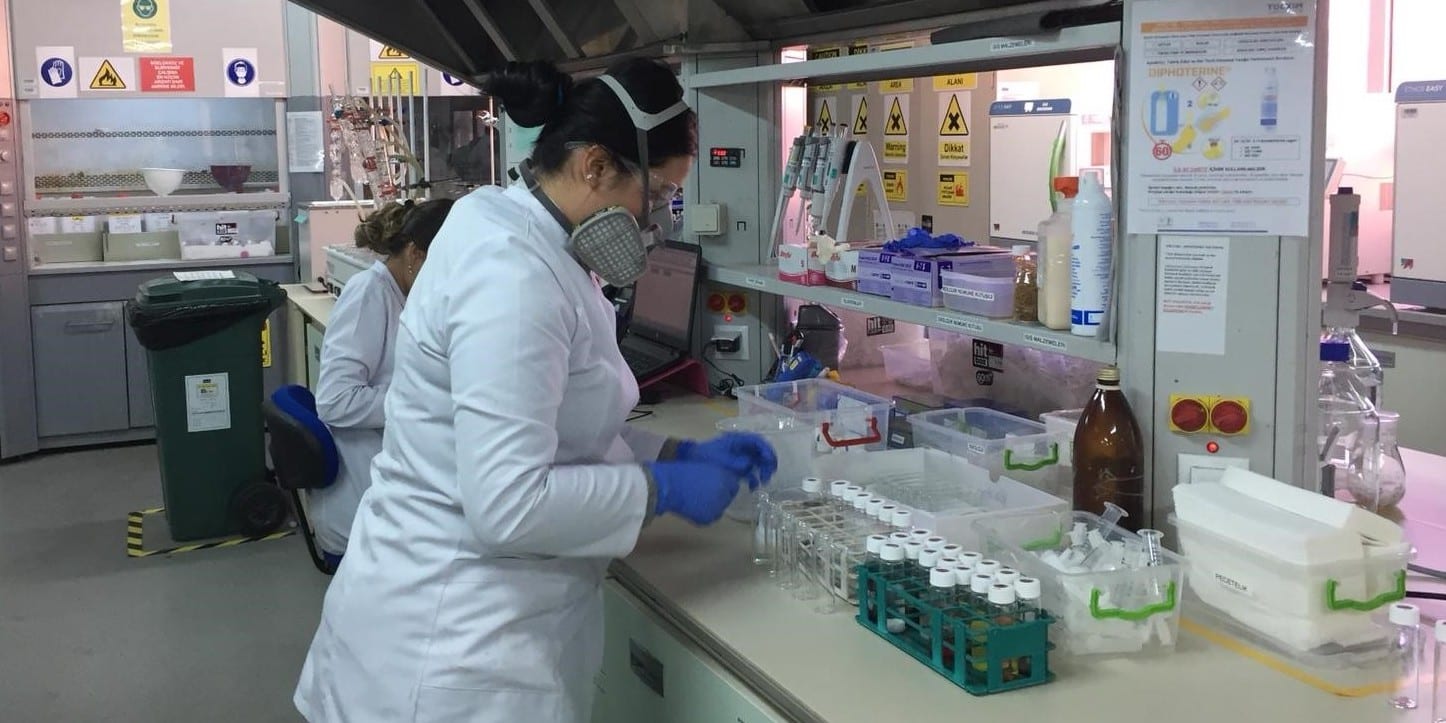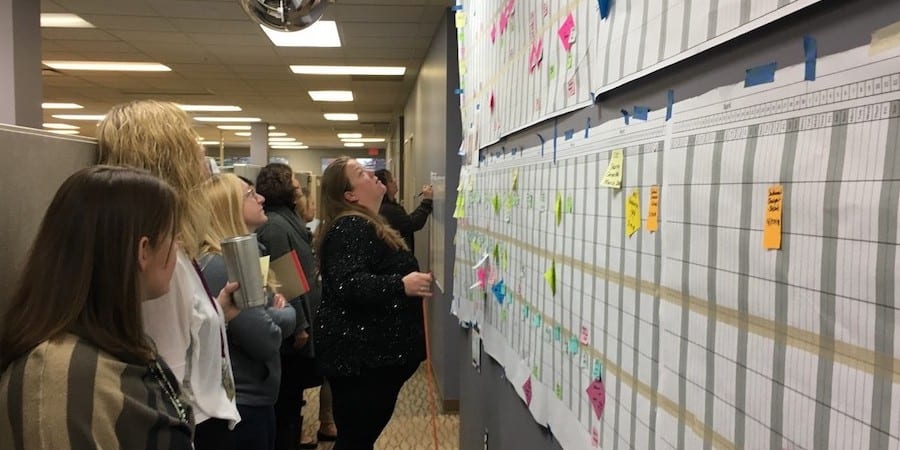
LPPD: Machan’s path to sustainable success
FEATURE – Taiwan-based Machan International Co. manufactures sheet metal products, tool storage and medical trolleys, and smart energy storage cabinets. Last year, they turned to lean to improve their product development process.
Words: Max Chen, Darren Chen, David Hu, Dennis Lu with Yu-Hsiu Hung
In 2021, we found ourselves staring at a daunting reality: despite high sales, our margins were very low. We had too many OEM orders and not enough ODM orders, leaving us with low income and a clouded future. The pandemic further hampered our ability to reach customers, and our innovation seemed to stagnate. Our over-reliance on a single major customer in the USA, who represented 30% of our sales, posed a significant risk. If we lost them, our business would suffer immensely. It was clear we needed a new approach. So, we made a strategic decision: we needed to shift from OEM to ODM and diversify our customer base.
We started with a simple yet profound realization: we needed to understand our customers better. But how to do that? In our quest for a solution, we met Professor Yu-Hsiu Hung, an expert in Lean Product and Process Development (LPPD) from the National Cheng Kung University here in Taiwan. His teachings were a revelation. We learned to start with understanding customer needs before developing products. This shift in approach was transformative. Previously, for every ten product ideas we’d provide our customers, only three would gain traction. With LPPD, we learned to focus on what the market truly needs.
Throughout 2022 and 2023, we were able to expand and diversify our customer portfolio, thus minimizing our dependence on the US customer. We developed around 100 new products over that time, slowly increasing our revenue. Gradually, LPPD started to play a crucial role in our company’s transformation, enabling us to understand user pain points deeply and design the products that would address those pain points. Whether it was tool trolleys for workshops and factories or carts for nurses dispensing medication, we were able to design products that truly met people’s needs.
With LPPD, we have developed four successful products (including a tool storage cart and a medical cart), elevating our market success rate from 30% to 60%. Extensive research and early customer feedback ensure we get it right the first time, reducing the need for costly rework. Whether we are presenting prototypes to customers or co-developing products with them, we ensure that constant feedback informs our every decision – before and after production.
Communication with customers extends beyond product development. Exporting 90% of our production poses significant challenges for Machan, especially post-Covid, with supply chains heavily disrupted. To mitigate these issues, we opened a warehouse in the Netherlands to support our European customers and worked to secure longer-term orders from our top 25 customers. These strategies have helped us shorten delivery times and strengthen our customer relationships.

OUR LPPD JOURNEY CONTINUES
Before embracing LPPD, we had already run some lean experiments, focused on reducing costs, improving quality, and shortening lead-times in manufacturing. In retrospect, it would have made sense to start with LPPD immediately, but like so many other organizations, we got to it a little later. We are grateful we have put in the time and effort to integrate it in our practices.
Indeed, adopting LPPD has transformed our approach. We now have open communication with customers, who share their ideas and feedback with us, leading to increased sales and, therefore, more solid business relationships with our distributors. We’ve shifted from providing the products we could develop to delivering the products our customers want!
Our next focus will be on enhancing our sales process by further shortening lead-times and fully applying lean principles across all areas of our business. In particular, we want to extend our LPPD efforts to the manufacturing department. At the beginning of the LPPD project, Prof Hung asked us to create teams with representatives from all departments, but not all of them ended up having someone from manufacturing. The reason is that the first round of LPPD learning didn’t include a cost-reduction angle (we didn’t want to do too much too soon). But we will change that, and in the next cohort – made up of four more teams, each with one person from the previous group, to ensure some LPPD experience is present – we will have a clear focus on target cost for the designing and production of our products. This will necessarily have us include the production team in every conversation around our designs.

SOME REFLECTIONS
Prof Hung is a LPPD expert, but his biggest contribution to Machan has been to teach us to develop people – not products. As Toyota says, "We make people before we make products," and we now understand that LPPD is our path to achieving this. In fact, our goal is to develop a team of Chief Engineers for the company, people who understand the whole process of designing and manufacturing products, who can move past silo-thinking by leveraging the new understanding of the end-to-end process that people are developing across the organization.
We are still at the beginning of our journey, working to instill this way of thinking into every team member. It’s been as rewarding as it has been challenging: it’s reshaped our company, strengthened our customer relationships, and set us on a path to sustainable success. We are excited about the future and committed to continuous improvement in every aspect of our business.
THE AUTHORS





Read more


FEATURE – Why do lean transformations benefit from the support of a sensei? Michael Ballé discusses how we typically need help to take the emotions out of the work and go down uncomfortable paths.


INTERVIEW – Planet Lean talks with Drew Locher about bringing change to an office setting, lean in small- and medium-sized firms and why improving and managing go hand in hand.


FEATURE – A laboratory testing services firm in Istanbul has turned to lean management to reduce complexity, shorten lead-times, and make its growth sustainable.


FEATURE – The use of TWI is widespread, but course material doesn’t tell us much about rolling out programs and ensuring their sustainment over time. The authors come to the rescue, discussing how we can ensure the success of TWI.
Read more


INTERVIEW – In this Q&A, the Chief of Transformation of oil and gas company TechnipFMC tells us about their experience implementing Lean Product and Process Development.


FEATURE – This article (and video) explains how Michigan Medicine applied lean product and process development tools and methods to their clinical processes. A powerful experiment.


90-SECOND Q&A – At a recent summit, our editor Roberto Priolo sat down with Durward Sobek to discuss design thinking, obstacles to the application of lean in product and process development, and why LPPD in services is a bit different.


FEATURE – Following a recent visit to Toyota, the authors strive to challenge popular beliefs and shed a light on the underlying philosophy that has made TPS a success for over half a century.

